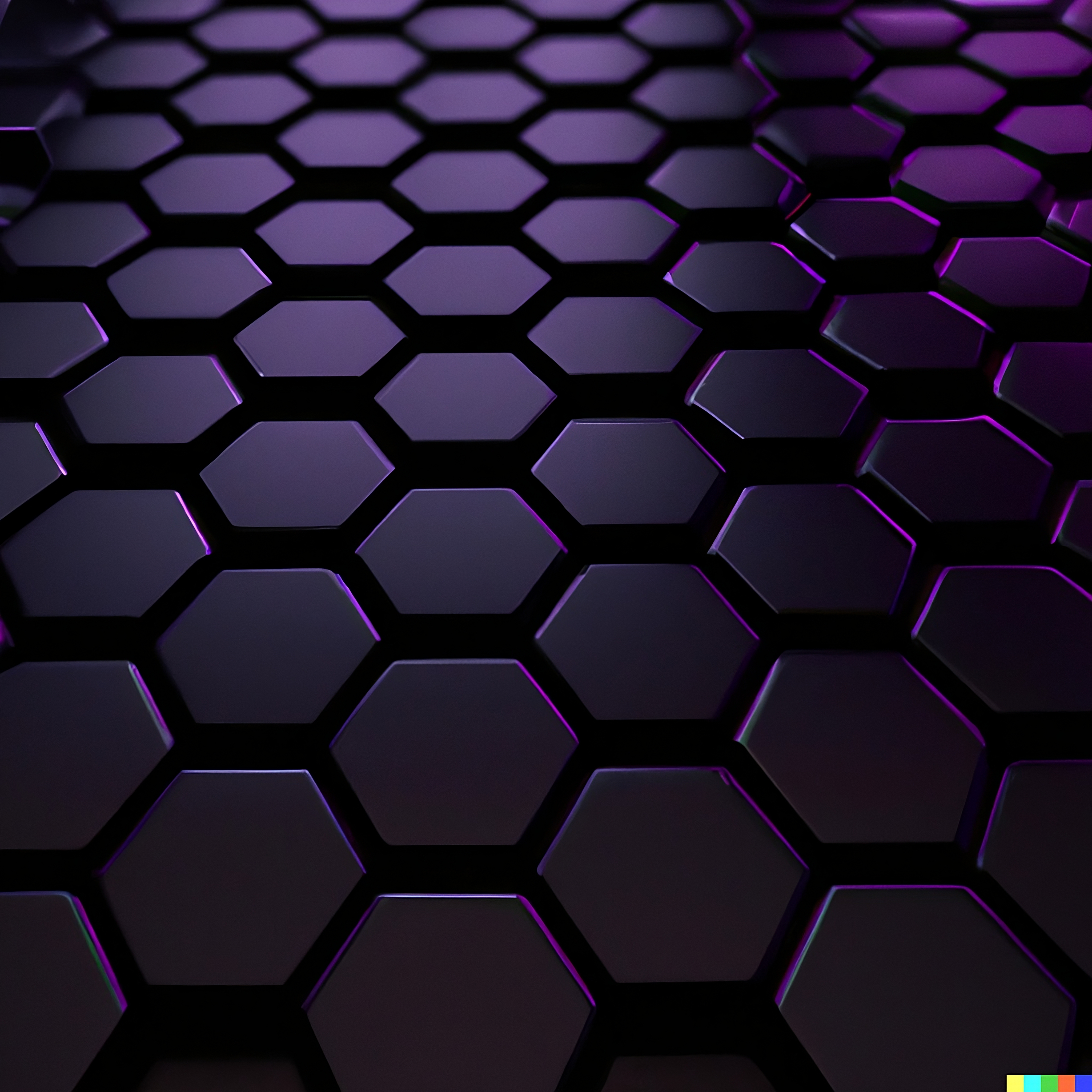

Our patented manufacturing process produces higher quality graphene and allows for atomically precise materials engineering
Experts in the quality of graphene and inventors of the world’s first large-area graphene quality standard

What is graphene? A sheet of carbon atoms one atom thick, graphene has properties that make researchers drool. It is 200 hundred times stronger than steel, has the highest electrical and thermal conductivity of any known material today, is impermeable even to hydrogen gas, can act as a cheap osmosis membrane to filter salt water, etc, – the list is long. No wonder graphene has been hailed as the wonder material of the future for many years, with a wide range of applications in both mundane items such as food packing to high tech, sci-fi-like devices such as invisibility and stealth technology. With such a promising future, why hasn’t a so-called “graphene revolution” materialized so far, despite scientists’ best efforts?
For 2 decades, though research has revealed ever more interesting use cases for the material, fabricating and handling graphene at scale has been a difficult challenge, with only small amounts being accessible to research (in the order of a few cm on a good day) for many years. Here, it is important to distinguish between ‘flake’ or ‘powder’ graphene, which is made from exfoliating mined graphite, and ‘CVD’ or sheet graphene, which is an artificial material that cannot be found in nature. Both have very different applications and production technologies, but CVD graphene is closer to the ‘true’ properties of graphene as it has been imagined.
Recently, CVD graphene at commercially relevant scales have emerged on the market, mostly from Asia and North America. CVD graphene is usually produced by heating a metal foil in an inert atmosphere to high temperatures, and then exposing it to a hydrocarbon gas to coat the surface with a continuous and thin carbon film, i.e. – graphene. The graphene is then provided as-is on the metal foil to customers. How do you use this graphene? well, you don’t. Customers need to have experts and dedicated facilities at hand to transfer the graphene from the copper foil onto an application surface without damaging the graphene – not a trivial task; in fact, you need highly skilled experts.
We believe that the difficulty of integrating this graphene into applications, along with high prices and limited supplies (both amount and sheet size), is the reason we have not seen the “graphene revolution” yet. This is where we’re different.
Instead of leaving the difficult task of graphene transfer to the customer, we at 2D instead provide graphene on plastic ‘stickers’ that – in contrast to the current industry offerings – can be easily applied to any surface without having any prior technical expertise. This not only reduces complexity, material and manpower costs for our customers, but also allows us to provide a cheaper product at scale. In addition, our pioneering in-line quality control expertise ensures that we are able to provide films with much greater quality and consistency than is available in the market. The basis of our technological know-how has been published in reputed peer-reviewed journals, and the technology has been improved up, scaled up and patent-protected.
Graphene should be abundant, cheap, and easy to use. We believe that creating easy access to graphene will allow people to experiment and come up with creative new ways to use it – truly facilitating the – long-awaited – “graphene revolution”.
This is our mission at 2D – Graphene in Abundance.
Find out More:
Articles and links:
- Do-It-Yourself Transfer of Large-Area Graphene Using an Office Laminator and Water, Abhay Shivayogimath et al. Chemistry of Materials 2019 31 (7), 2328-2336 DOI: 10.1021/acs.chemmater.8b04196 https://doi.org/10.1021/acs.chemmater.8b04196
- Mapping the electrical properties of large-area graphene, Peter Bøggild et al. 2017 2D Mater. 4 042003 DOI 10.1088/2053-1583/aa8683 https://doi.org/10.1088/2053-1583/aa8683
- https://graphene-flagship.eu/graphene/news/terahertz-imaging-of-graphene-paves-the-way-to-industrialisation/
Videos:

